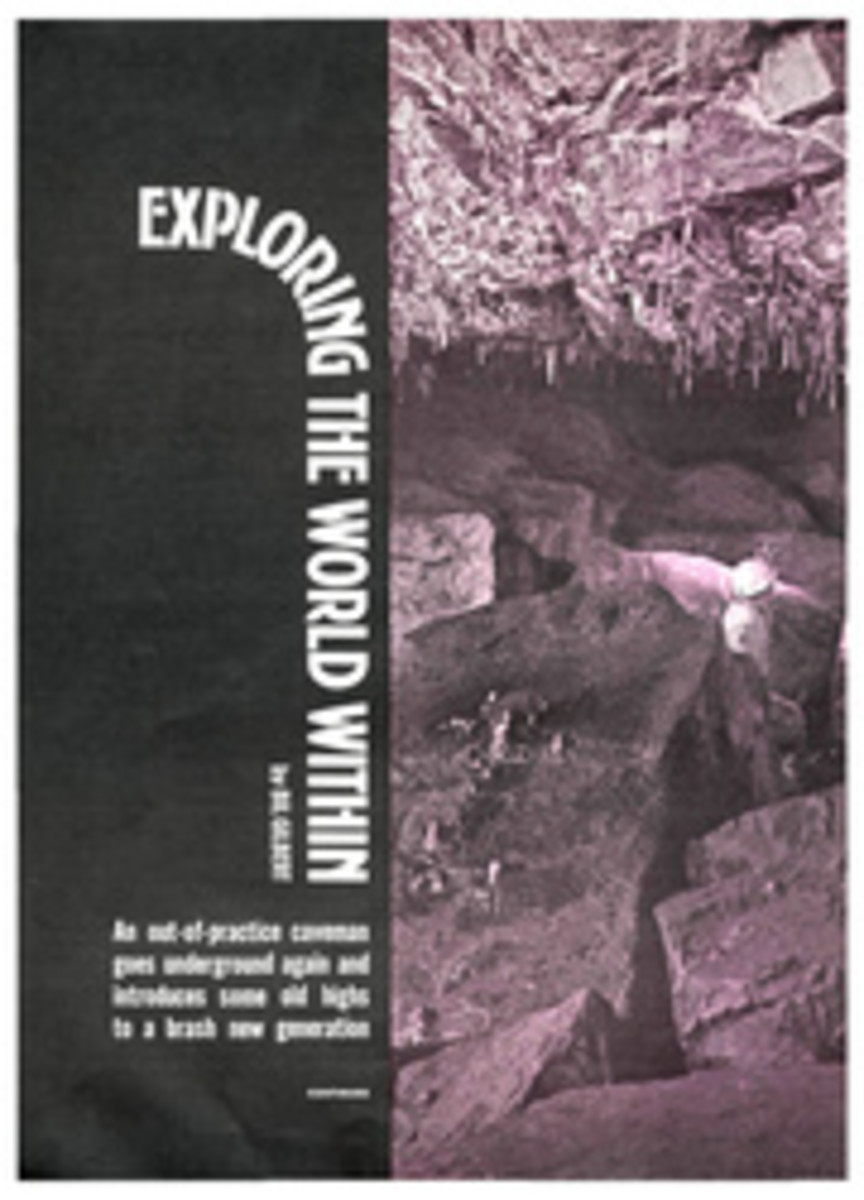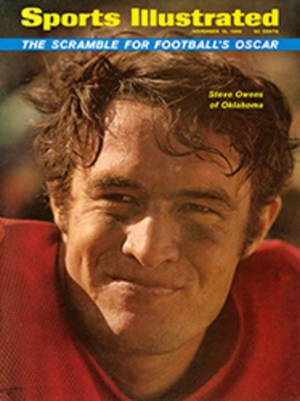
Meanwhile back at the Coffield ranch...
The Coffield ranch lies about 125 miles south of San Antonio in what Texans call 15-minute country because the colors of the landscape are forever changing. Hunters call it paradise. One reason is the ranch compound, a collection of sparkling white stucco buildings with Chinese-red tile roofs, luxury accommodations for 45 guests, liveried servants, tall slender palm trees and citrus groves, sweeping courtyards and carefully manicured gardens. Some hunters are so entranced they never leave the compound. Others who fly to the ranch each fall never bring a gun. But nobody ever forgets a Coffield quail shoot.
Sumptuous as the compound is, the best part of Oilman-Industrialist Pete Coffield's 18,000-acre ranch lies beyond the lawns, where the mesquite, cat's-claw, cactus and huisache begin. This is the real South Texas brush country, a vast, untamed, beautiful land where every bush is covered with thorns, every limb thrusts sharp spines at the sky and the horizon stretches to tomorrow. Temperatures soar to 100° in summer and drop to zero in winter. Rains are separated by decades, and water is as highly valued as oil. Here, among the blue thorn and prickly pear, are mountain lions and bobcats, wild pigs and coyotes, white-tailed deer and quail, all in numbers that make the most conservative estimates of a game and fish department sound like Texas braggadocio.
On a typical fall quail shoot at the Coffield ranch, guests arrive at the San Antonio airport on Friday from such places as New York City, Washington, Miami, Detroit, Indianapolis, San Francisco and Palm Springs, Calif. The three Coffield planes, a blue and white DC-3, a Twin Beech and a Baron, ferry the hunters to the ranch. White-jacketed waiters move up and down the blue-carpeted aisles serving cocktails and hors d'oeuvres, new friends meet, old friends greet and everyone speculates on who will be there.
On the opening weekend of the past quail season John Harper, president of Alcoa, was there, as were Oscar Wyatt of Coastal States Gas, W. Ervin James, the general counsel for the Houston Astrodome, Judge Homer Thornberry, once President Johnson's nominee for the Supreme Court, and various oilmen and industrialists. The women included some young and rich, some older and richer and a television personality beautiful and rich. Also present were bright young lawyers, administrators and entrepreneurs, who, if they were not yet rich, looked as if they were soon going to be. If a few of the women, with big diamonds, looked less than outdoorsy, nobody seemed to notice—or care.
Under these conditions it is possible to enjoy a quail shoot and never go outdoors at all. For people who do not want to shoot there is round-the-clock gin rummy in the game room. The games go on under the sober stares of mounted deer and boar heads festooned with several dozen pairs of binoculars that hang like Christmas tree ornaments from antlers and tusks. The nonshooters can ponder the exotica collected from many continents—Bavarian glass; English silver and china; African carvings; full-mounted leopards, lions, jaguar and deer; ornate lamps; Oriental vases. Or they can swim in the free-form pool on the walled terrace that is decorated with flowers, fountains, palm trees and alabaster nudes in playgirl poses, or they can simply pass the time wheeling and dealing, drinking, dining and dozing—all Texas style.
But on each of the eight or 10 Coffield hunts during the three-month season there are always a few true Texas quail hunters—such men as Harper, Sam Winters, an attorney of Austin, and, of course, Pete Coffield, the host, and his son Pete Jr., who is the actual owner of the ranch. For them there is probably more and better shooting here than anywhere in the country. Certainly there seem to be more quail—both blue and bobwhite—per acre than anywhere else in Texas. The man responsible for this is Miles Bingaman, the Coffield game manager. For 28 years he has been trapping predators on the ranch, setting up and supervising year-round feeding and habitat programs and producing bumper game crops.
There are 20 elevated blinds—called deer derricks—on the ranch. They are carpeted wall to wall. Watching from one in the early morning suggests a Walt Disney nature movie privately screened for the hidden viewer. Deer, not two or three but a dozen and more, cluster about in the clearing below like debutantes at a reception. Their breath in the still-chill air is visible, and saliva hangs in long silvery strands from their mouths. A family of wild pigs ambles out of the thornbush—three large adults and five small pigs scrambling on stubby legs to keep up. The deer look up, disinterested, and resume their feeding.
Around their feet, waddling in and out among the hooves, a covey of blue quail shares the feast. They are interesting birds to watch. They are never still, bobbing about on stiff-jointed legs, always in a hurry, and not sure which way to go. But hunting them is another story. Unlike the bobwhite, the South Texas blue or scaled quail would rather run than fly. A covey of 50 birds (not unusual on the Coffield ranch) may be dining and dozing sociably when a man alert sounds. Normal quail take to the air. Blue quail resort to mass confusion, scattering in 50 directions, darting from bush to bush, scooting across sandy channels and diving into islands of prickly pear. They offer just enough momentary glimpses to tempt a hunter into giving chase.
That is always disastrous. The hunter is invariably outrun and outraged by every bush and bramble. The blue quail is a master at this sort of psychological warfare. But, in spite of the odds, the bird can be beaten—at least now and then. All that is required is to be as crafty as the blue quail itself, though it requires considerable concentration. It also helps to use one of the ranch's 18 bright new red and yellow Broncos and jeeps (equipped with gun racks, game boxes, shell trays and spotting seats) for getting around the ranch and into the rough country where the quail are. "We bought a few extra Broncos," Bingaman explained, "because when the mornings get real cold some of them don't always start. Or a guest runs out of gas just when the hunting's good, and he doesn't want to wait around while the tank's being filled. This way he just picks up a full one and is back in business."
Most quail hunters go out in pairs, generally in early morning or late afternoon, each scanning a side of the rough dirt tracks that crisscross the ranch. Once a covey is spotted they leave the jeep and hunt on foot. They try to sneak up on the quarry, remaining so silent that they take the birds by surprise and thus startle them into flight.
Occasionally this happens, but when it does not, and you make the bruising cross-country run after these skittering creatures, you derive some comfort in knowing that in the end there is all that food, drink and fellowship back at the compound, and all those beautiful ladies in bikinis at the pool, all the games to be played and the deals to be made. The guests know, too, that they will go home with gift baskets full of ranch-grown oranges and pecans, Mexican carvings, walking sticks, alabaster elephants and assorted knickknacks. Nobody, not even a quail hunter, leaves a Coffield shoot empty-handed.
FOUR PHOTOS
JERRY COOKE
LEAVING the comfort of the ranch compound, host Pete Coffield (hatless) joins the firing line beside John Harper, president of Alcoa.

